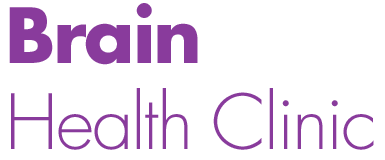
Stress and negative emotions drive a good bit of alcohol misuse.” — Dr. George Koob, NIAAA
This year the National Institutes of Health addressed the growth of alcohol consumption in the United States with an article entitled “Risky Alcohol Use: An Epidemic Inside the COVID-19 Pandemic.” Two essential takeaways from this article were that the increase in alcohol usage during the pandemic was the greatest in over 50 years. It therefore is not surprising that alcohol related illnesses and deaths also increased during the pandemic. As a result, it is important for clients and potential clients of the Brain Health Clinic in Sacramento to recognize the signs of Alcohol Use Disorder (AUD), commonly called alcoholism or alcohol dependence, and to know why they should avoid overuse of alcohol. In a future article, we will also discuss the application of neurofeedback for limiting AUD.
What the Statistics Show
According to Dr. George Koob of the National Institute on Alcohol Abuse and Alcoholism (NIAAA), increases in alcohol consumption commonly accompany crisis events. After Hurricane Katrina, New Orleans saw a three-fold increase in alcohol use by African Americans. After the World Trade Center attacks, doctors also saw increases in alcohol consumption. Thus, researchers expected that the pandemic would lead to increased drinking. In fact, about 25% of Americans drank more during the COVID-19 pandemic than they did before, driving the statistically high increase in consumption.
Caregiving responsibilities, stress, depression and anxiety were linked with increased drinking during the pandemic.” — Dr. George Koob, NIAAA
And from that increase in drinking, alcohol-related deaths also increased from an average of nearly 80,000 per year to well over 100,000 per year. Most of the increase came from young people in the 25 to 44-year age range. Dr. Koob commented: “The pandemic has shone a light on how stress and negative emotions drive a good bit of alcohol misuse….caregiving responsibilities, stress, depression and anxiety were linked with increased drinking during the pandemic.”
Recognizing the Signs of AUD
While alcohol usage trends generally return to normal in five to six years after a crisis situation, some people develop AUD as a result of their increased alcohol consumption. Therefore, it is important to recognize the symptoms of excessive use or dependence on alcohol. Some of these symptoms include:
- You are unable to cut back on your drinking.
- Drinking affects your school or job performance.
- You often have a strong urge to drink alcohol.
- You alter your schedule and old habits just to make time for drinking.
- You are often irritable or restless.
- You experience increasing anxiety and depression.
As these symptoms indicate (and this list is not exhaustive), AUD causes a strong craving for alcohol, an associated loss of control over the amount you drink, and a change in your emotional state from balanced to imbalanced. The National Library of Medicine clearly states that if you think you have an AUD, you should see your health care provider for an evaluation. A treatment plan can include medicine and therapy, including neurofeedback therapy, as we will discuss in a future article.
